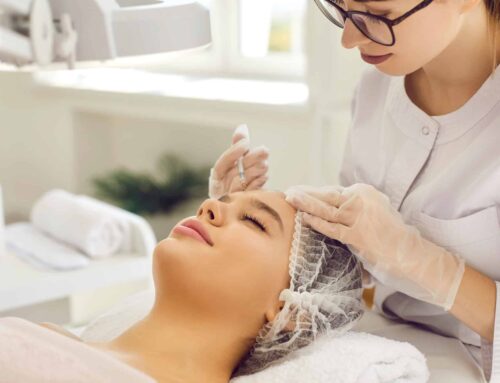Lip augmentation has become increasingly popular in recent years, with more individuals seeking fuller, more attractive lips. One of the most common methods for achieving this is through the use of lip fillers. However, not all lip fillers are created equal, and it’s essential to understand the different types available to make an informed decision that aligns with your desired outcome.
Hyaluronic Acid Fillers
Hyaluronic acid (HA) fillers are the most commonly used lip fillers. HA is a naturally occurring substance in the body that helps maintain moisture and plumpness in the skin. HA fillers provide temporary results, typically lasting from six to twelve months, depending on the individual and the specific product used. They offer flexibility in terms of customization and can be adjusted to achieve the desired lip volume and shape.
Collagen Fillers
Collagen fillers were once popular but have become less common in recent years. Collagen is a protein found in the skin, providing structure and support. Collagen fillers work by replenishing lost collagen and adding volume to the lips. However, the effects of collagen fillers are temporary, lasting around three to six months. Due to the availability of more advanced options, collagen fillers have largely been replaced by HA fillers.
Synthetic Fillers
Synthetic fillers, such as polymethylmethacrylate (PMMA) and calcium hydroxylapatite (CaHA), are longer-lasting options compared to HA and collagen fillers. PMMA is a biocompatible, non-biodegradable substance that provides permanent results. CaHA, on the other hand, stimulates collagen production and provides semi-permanent results. Synthetic fillers are typically used for more significant volume enhancement and may require multiple treatments to achieve the desired outcome.
Fat Transfer
Fat transfer, also known as autologous fat grafting, involves using your body’s own fat to enhance the lips. The procedure begins with liposuction to harvest fat from another area of the body, such as the abdomen or thighs. The harvested fat is then purified and injected into the lips. Fat transfer provides natural-looking and long-lasting results. However, it requires a more invasive procedure and a longer recovery time compared to other lip filler options.
Choosing the Right Lip Filler for You
When considering lip augmentation, it’s crucial to consult with a qualified and experienced healthcare professional or aesthetician. They will assess your specific needs, discuss your goals, and recommend the most suitable lip filler option. Factors such as your desired outcome, budget, and personal preferences will play a role in determining the best choice for you.
Safety Considerations and Aftercare
While lip fillers are generally safe, there are potential risks and side effects associated with any cosmetic procedure. It’s essential to follow the aftercare instructions provided by your healthcare professional to minimize the risk of complications. This may include avoiding certain medications, applying ice packs to reduce swelling, and refraining from intense physical activity for a short period.
Enhance Your Lips with Confidence
Understanding the different types of lip fillers available is the first step in achieving your desired lip enhancement. By consulting with a trusted professional and discussing your goals, you can make an informed decision that aligns with your preferences and ensures a satisfying outcome. Remember, always prioritize your safety and well-being when considering any cosmetic procedure.
Schedule a consultation today to explore your lip filler options and achieve the plump, beautiful lips you desire!
Disclaimer: It is important to consult with a qualified healthcare professional before undergoing any cosmetic treatments.






